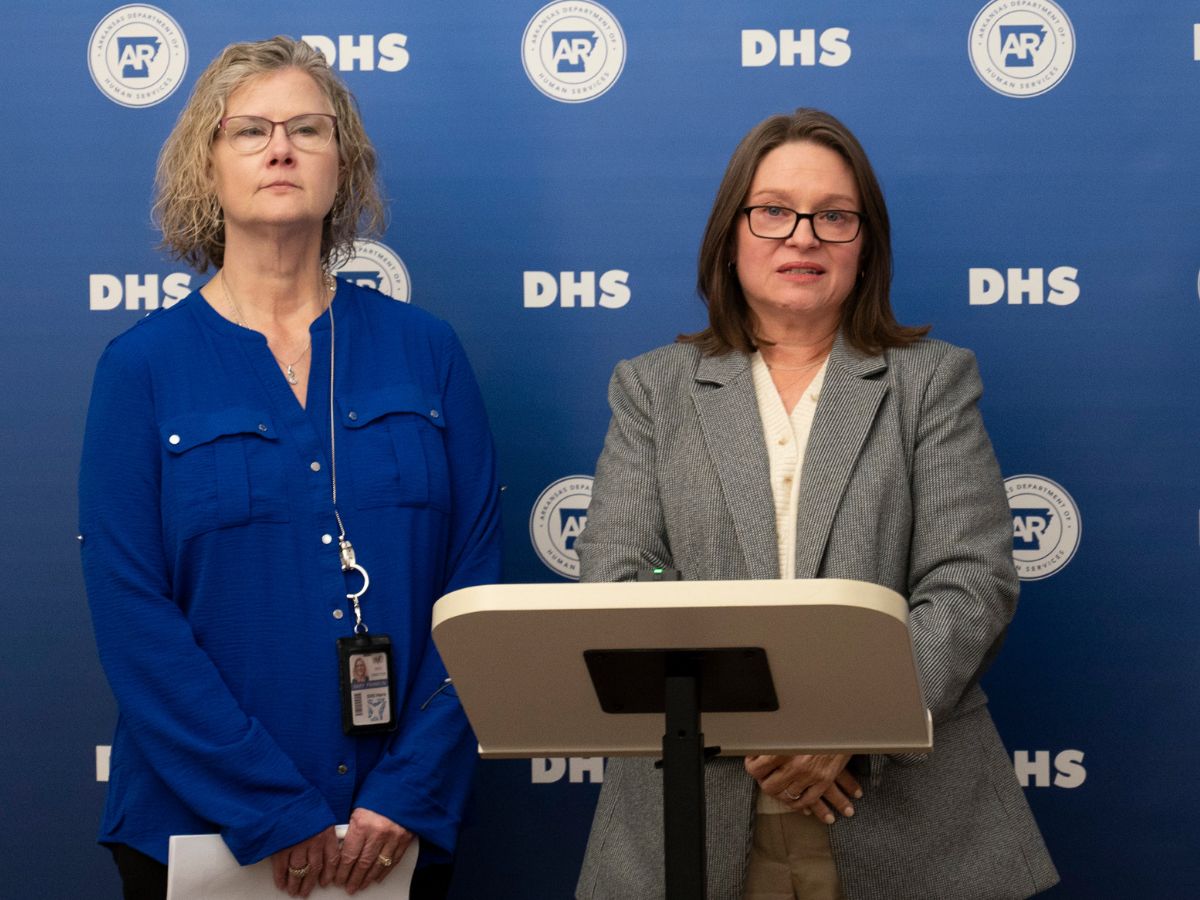Copyright independent

The new ‘Fastnet’ cable can deliver over 320 terabits per second, enough to stream over 12 million HD movies simultaneously. It will be one of the highest capacity data cables yet built across the Atlantic. The cable, which won’t be operational until 2028, will make landfall in Castlefreke, near Rosscarbery in west Cork. Cork was chosen, the company said, because most other major transatlantic cables land in either Mayo or Dublin, giving the tech giant an “alternative pathway” for critical internet traffic compared to existing infrastructure in the event of any problems or outages. AWS suffered a major outage two weeks ago, with thousands of online services, including Snapchat, Fortnite, Ticketmaster and the Irish education publisher Folens, hit. “Fastnet will add vital diversity for customers by building a new data pathway with unique landing points, keeping services running even if other undersea cables encounter issues,” the company said. The company did not refer to current geopolitical tensions over critical cables being sabotaged or cut as acts of cold war. However, AWS said that the new Fastnet infrastructure is “a dedicated transatlantic cable system designed with two strategic landing points that deliver critical route diversity away from traditional cable corridors… This integration enables rapid data rerouting and multiple layers of redundancy, helping ensure uninterrupted operations for customers.” Cork’s other main transatlantic cable, the EXA Express, has around one sixth of the capacity of the new AWS cable. AWS is the biggest cloud computing provider in the world. As such, its interests in consistent high-speed traffic have grown in recent years. AWS is understood to use several other large transatlantic lines, including the Havfrue cable (108 terabits per second), which lands in Mayo’s Old Head area, near Westport. The company said that it has established a community benefit fund “for the local community” around the cable’s landing area in west Cork. It did not disclose the size of any funding. “We will work directly with stakeholders to identify and support initiatives that address each community's unique needs and priorities,” the company said. ”These community-driven funds could support a range of local initiatives, such as sustainability and environmental programs; health and wellbeing services; science, technology, engineering and math (Stem) education; future workforce development; economic development and leadership training; inclusion and diversity initiatives; and programs addressing homelessness and hunger.” Today's News in 90 Seconds - Tuesday, November 4 AWS's global infrastructure spans 38 geographic regions and 120 ‘availability zones’, with announced plans for 10 more availability zones and three more AWS regions, connected by over nine million kilometres of terrestrial and subsea fibre-optic cabling. This, the company says, is “enough to reach from Earth to the Moon and back more than 11 times, with built-in redundancy at every layer”. Separately, AWS signed a $38bn (€33bn) contract with OpenAI to provide data centre and cloud-computing services. The deal sent Amazon’s share price up by 4pc on Tuesday. Amazon’s market cap has risen 14pc in two days, making the Seattle-based firm worth $2.7tn. This article was amended at 5.15pm on November 4, 2025, to correct the speed provided by the Fastnet cable.



